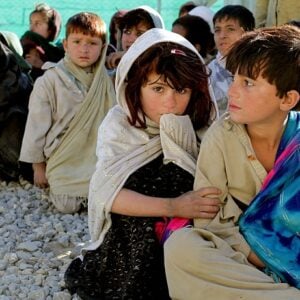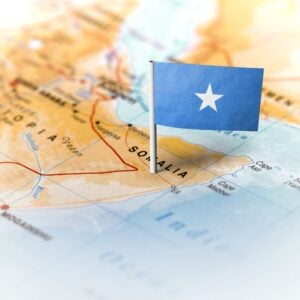South Sudan is facing its sixth consecutive year of flooding, worsening one of the world’s most severe hunger crises, according to Save the Children. This year, an estimated 1.4 million people—about one-sixth of the population—are threatened by floods, with above-average rainfall forecast for October and November.
Floods have destroyed farmland, homes, schools, and health facilities, displacing 379,000 people. Waterborne diseases and snake bites are rising, adding to public health risks. 7.7 million people—or 57% of the population—now face acute hunger, including 2.3 million children under five at risk of severe malnutrition.
Refugees fleeing conflict in Sudan are arriving in South Sudan, with families resorting to foraging for wild leaves and roots to survive. Aid cuts have further compounded the crisis, forcing Save the Children to scale back food distribution, child protection services, and youth and early childhood centres in refugee camps.
Chris Nyamandi, Save the Children South Sudan Country Director, warned: “What lies ahead for children could be catastrophic. Resolving extreme hunger depends on political choices, while global aid cuts must be reversed urgently.”
The UN reports 83,000 people in famine-like conditions, particularly in Upper Nile State, while refugee camps struggle with limited food, security threats, and rising tensions.
Save the Children, operating in South Sudan since 1991, is ramping up humanitarian assistance in 2025, providing children and families with healthcare, nutrition, education, child protection, and livelihoods support, aiming to mitigate the impact of the ongoing floods and hunger crisis.







